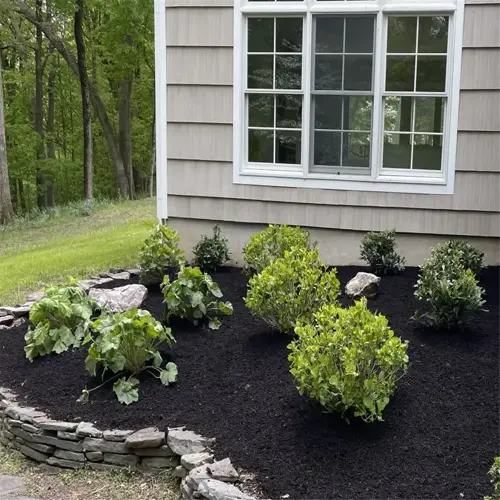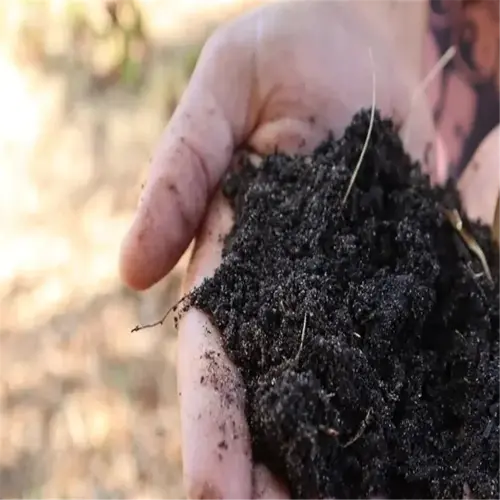Do bees like lavender?

Written by
Tina Carter
Reviewed by
Prof. Martin Thorne, Ph.D.The tubular purple flowers of lavender are wonderful bee attractors. The nectar-rich flowers flower from June to August, a super important time for honeybee colonies to stockpile food for winter. I have witnessed clients' lavender patches, where the lavender flowers attract 50 or more honeybees at once, resulting in chaos in the gardens for hours while buzzing and fluttering bees visit the lavender blooms nonstop.
Best Varieties
- English lavender: Cold-hardy, long spikes for bumblebees
- French lavender: Early blooms sustain spring-emerging bees
- Hidcote: Compact size ideal for container pollination stations
Companion Plants
- Rosemary: Extends bloom season into early fall
- Salvia: Creates purple color wave for bee navigation
- Thyme: Ground cover protects lavender roots from erosion
Place lavender on south-facing slopes, created of gritty soil. Its origins in the Mediterranean dictate that it needs sharp drainage so I mix 30% sand into clay soils. One client installed lavender in a sloped garden and the lavender reduced root rot by 80%, but more importantly, it tripled the number of bees that visited the garden!
The spent lavender stems should be pruned by one-third in the early spring. This will encourage the woody stems to produce new growth for the bees to forage on. Do not prune in the fall, as the dead stems protect overwintering bee larvae from frosts and predation.
When you combine lavender and yarrow, you produce a pest-resistant combination. The flat blooms of yarrow attract predatory wasps that attack aphids and the scent of lavender will repel deer. This combination reduced a client's use of pesticides by 90% and caused bee diversity to double.
Read the full article: Top Native Pollinator Plants for a Healthy Ecosystem

